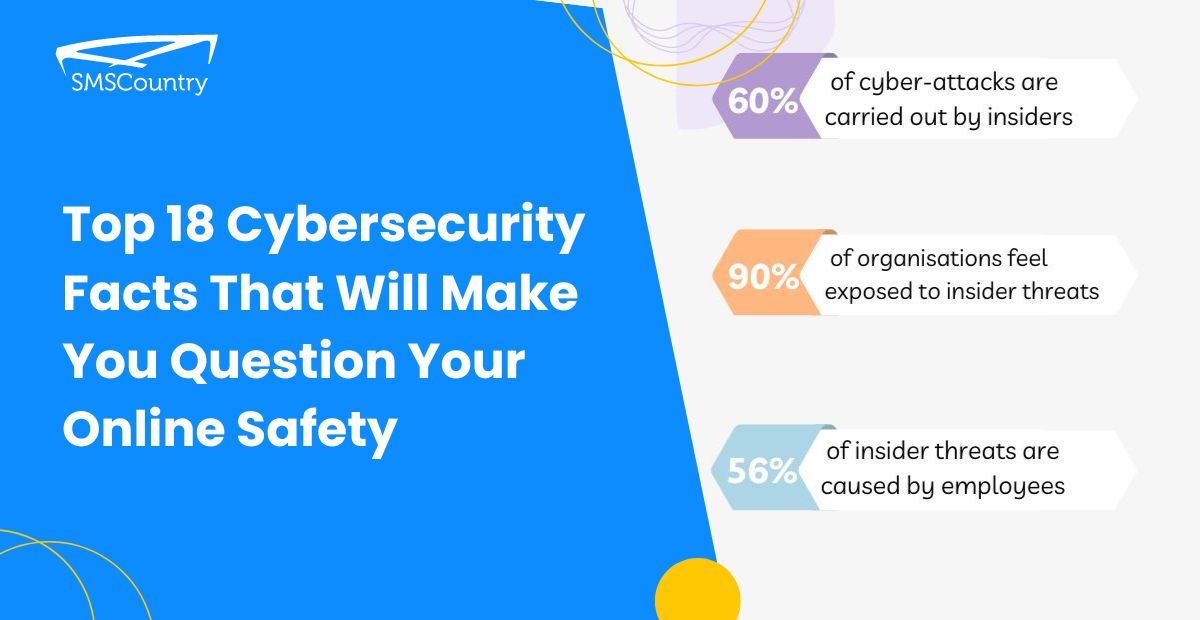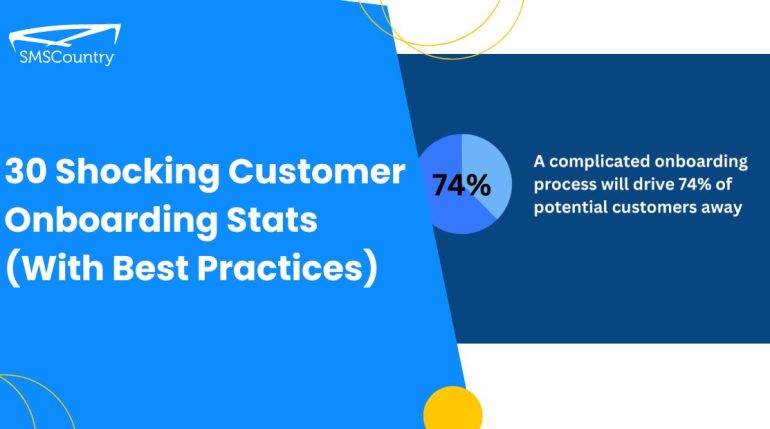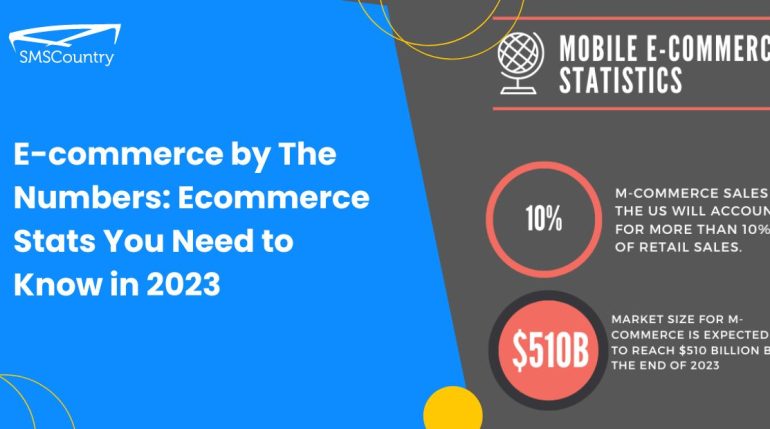Imagine waking up to discover your business’ data has been compromised.
Devastating, isn’t it?
Don’t fret. We’re here to help you.
We’ll give you the latest practical cybersecurity statistics and trends for 2024. Plus, best practices to protect your business against potential cyber-attacks.
Ready? Let’s go.
What is cybersecurity?
Cybersecurity is like a bank vault designed to prevent a break-in.
A bank vault helps protect valuable assets like money and jewellery. Likewise, cybersecurity is any step taken to protect valuable digital assets.
These assets include customer data, financial records, and intellectual property.
A bank vault has multiple layers of security, like thick walls, security cameras, and alarms.
These reduce the chances of a break-in.
Similarly, cybersecurity measures are designed to be difficult to bypass. You need multiple layers of protection like firewalls, antivirus software, and intrusion detection systems.
Why is it necessary to stay informed about cybersecurity statistics and trends?
No one is immune to cyber-attacks. So, you must keep an eagle eye on your business.
Attacks could appear as simple emails asking for sensitive information. And without proper training, you might fall for it.
Don’t put your reputation on the line. It’ll do you good to be extra cautious.
Hackers and scammers are always looking for loopholes in your system. They could penetrate your company’s website or social media account if successful. This will damage your brand’s credibility and lose you valuable customers.
Also, learn how to prevent and fight financial identity fraud
There could be legal consequences. You will be held liable for the lack of adequate cybersecurity measures.
You don’t want this.
That’s why you need constant cybersecurity industry trends awareness.
And these latest cybersecurity trends and stats will prove it.
Let’s look at 20 latest data and cybersecurity trends and stats
Cybercrime and hacking statistics
Cybercrime and hacking attacks are like thieves breaking into your house and stealing your valuable possessions. Except in this case, the thief is invisible, and your “house” is your computer.

Source: cyber-edge.com
These cyberattacks are becoming more prevalent in today’s digital world. Here, we’ve listed the latest small business cybersecurity statistics of 2024:
- A whopping 86.2% of organisations were hit by successful cyberattacks. That’s a shocking number if you think about it.
- About 81% of businesses were targets of at least one ransomware attack within the past two years. That’s high.
- The annual global cost of cybercrime is estimated to reach $10.5 trillion by 2025.
With these cyber attack statistics, the future doesn’t look so bright, right?
| Are you confused about which service providers are on the top? Here you can find a list of top service providers so that you can make an informed choice, delight your customers, and multiply your revenue. |
Moving on, the next stat shows why you must prevent data breaches.
Data breach statistics
Data breaches are like the common cold. They are widespread and happen frequently. Data breaches occur when cybercriminals gain unauthorised access to sensitive information.

These mind-boggling data breach statistics will make you want to check your online accounts twice:
- According to expert predictions, data breaches will cost $9.2 trillion in 2024.
- The Thales Data Threat Report has indicated a rise in ransomware attacks, with human error being the primary cause of cloud data breaches.
- The general average cost of a data breach has hit a record high. It went from $4.35 million in 2022 to 4.45million in 2023. That’s a 15% increase in 3 years.
Data breaches can lead to reputational damage, loss of trust, legal implications, and financial loss.
This can be devastating for your business. So, think again the next time you want to use “password123” as your business password.
Malware and ransomware statistics
Think about this.
Imagine your company is a house, and your sensitive data is your family’s treasure.
You keep your treasure (business data) locked away in a safe (your web application). Your security system (software security measures) is in place to protect it.
Then one day, a thief (malware) sneaks into your house.
How?
Simple, there was a loophole in your security system. So they take off with your treasure.
| Use SMSCountry to send fast and personalized messages via SMS or WhatsApp. See how it works and schedule a quick demo or sign up. |
Then, in your despair, you realise the cause. One of your family members (an employee or stakeholder) had carelessly entertained a stranger.
Similarly, cybercriminals use malware and ransomware to penetrate your network.

source:fortra.com
Then they hold your sensitive data for ransom.
And how much ransom are we talking about?
- There existed 5.4 billion malware attacks in 2022 alone. The US suffers the most annually.
- Ransomware demands can cost your business between $10,000 to millions of US dollars. The highest ransom demand to date is $70 million.
- Small businesses suffer the most, with over 60% of small businesses shut down due to malware attacks.
Recovery from such attacks can be so expensive that your business could fold up afterwards.
We’re talking millions of dollars.
For example, the 2017 WannaCry ransomware attack.
It struck over 200,000 computers in 150 countries, causing an estimated $4 billion in damages.
Similarly, the NotPetya malware attack in the same year. This attack cost companies like Merck and FedEx over $300 million each to recover from.
Let’s look at phishing attacks.
Phishing attacks statistics
Phishing attacks have become the most popular of cyber-attacks today. Cybercriminals can lure you into giving them access to your sensitive data.
All they need to do is send you an email(or text) that appears legit. They can ask you for your login credentials or personal information.

source:easydmarc.com
Once you respond to their subtle request, they’re in. Phishing attacks are popular today.
- 80% of reported cyber crimes today are phishing attacks.
- 88% of organisations face phishing attacks every year.
- The average cost of a successful phishing attack to a company is $4.9 million.
- 92% of phishing attacks are via email.
- 26% of employees reported being victims of a phishing attack in 2022.
So, the question is, how do you recognise a potential phishing attack?
There are two common techniques cybercriminals use:
- Spear phishing: Targets can be individuals and organisations. The email can seem like it comes from a trusted financial institution. Due to a security breach, the email urges recipients to click a link to upgrade their account information.
- Whaling: Targets are high-level executives. They’re the big fish. Whaling is when cyber criminals cast lines for big fish. With personalised and cunning messages, they hook their targets.
To prevent these, follow these basic rules:
- Don’t click on links or attachments from unfamiliar sources.
- Double-check the sender’s email address.
- Look for grammatical errors, urgent messages, or suspicious links.
Technology advances every day, and so do these criminals, they upgrade their methods. So, you must update yourself (and your employees alike) on the latest phishing attack methods and trends in data security to stay safe.
Also, learn what SMS short links are and how to use them
Be proactive and protect your business.
We’ve dwelt so much on the factors from outside. Let’s look inward.
Insider threat statistics

Not all cyber threats come from outside. Do you know that insider threats are just as prevalent (if not more dangerous)?
What are insider threats?
Insider threats refer to an individual or employee within your organisation who’s prone to exposing sensitive information or data to unauthorised individuals.
The top 2024 cybersecurity statistics for insider threats seem much more alarming. Here is why:
- According to this report, 60% of cyber-attacks are carried out by insiders.
- 90% of organisations feel exposed to insider threats.
- 56% of insider threats are caused by employees, while 33% are caused by contractors and 23% are caused by partners.
You’re probably thinking, “Could one of my own employees betray me?” The current social engineering statistics have a story to tell.
Here’s the truth. Not all insider threats are deliberate or preplanned. And, more often than not, they’re accidental. Such threats are called social engineering attacks.
The victim is manipulated to divulge sensitive information, which is pretty common in corporate communications. Here, we share the latest social engineering statistics for 2024.
- According to the FBI, social engineering attacks contribute to 98% of the total cybercrime activities.
- Human error is the main cause of (over 80%) data breaches, as per a study by Stanford University
Your employee could mistakenly send an email with sensitive information to the wrong recipient. The email sent can’t be retrieved – of course, it’s an email.
That’s an example of an accidental insider threat.
And what about a malicious insider threat?
Malicious insider threats are intentional.
Your employee could intentionally steal sensitive data to sell it to a competitor. Or an attacker could steal your employee’s credentials and use them to access sensitive data.
Whichever way, insider threats can damage your reputation and result in legal liabilities for you.
So, you must prevent and detect them early.
To do this:
- Always monitor your employees’ behaviours.
- Control access to sensitive data.
- Implement employee training programs.
Don’t let your insiders be your Achilles’ heel. Stay informed and be vigilant.
Now we’ve discussed the cybersecurity statistics, what do you do with these cyber safety statistic?
Let’s show you useful solutions to protect your business.
How to save your business from cyber-attacks?
Preventing cyber-attacks is like brushing your teeth. You do it daily to avoid a painful trip to the dentist.
Similarly, data security measures protect you from a headache-inducing hack attack.
And, just like your teeth, your online security is worth taking care of now more than ever.
These rules will help you stay ahead of cyber threats and keep up with the current cybersecurity trends in 2024.
1. Update your systems
An outdated web application exposes your sensitive data to cyber threats.
Updating your software is like getting a tune-up for your car. It keeps you ahead of cybercrime.
You must keep updating your software. Failure to do this is like driving a faulty old car.
It’ll leave you vulnerable to cyber-attacks. You might be fine for a while, but eventually, it will catch up with you.
So, like your car’s maintenance, invest in your software maintenance.
You’ll be glad you did.
2. Train your employees
Did you know your employees are often your weakest cybersecurity link?
Yes, that’s right. Training your employees to prevent cybercrime is like practising for the big game. You must show up with a plan.
Wondering how to start? Start from the basics – just like you would with a sports playbook.
Teach your team about the common types of cyber-attacks. Like phishing or malware.
Then show them how to avoid them. Train your team on the risks of using company devices or accessing sensitive data.
Also, find out the top 10 bulk SMS service providers for your business right now
To make training more fun, you can turn it into a friendly competition.
Pro tip: Try a phishing email identification contest. Or a contest to see who can come up with the strongest password.
Train your team regularly and keep them motivated. This is key to preventing cyber-attacks.
3. Implement OTPs and 2FA

An OTP is a One-Time Password. This password is for only a single login session or transaction.
It’s a security measure that demands two or more identification means to authorise account access.
They are your secret weapons in the fight against cybercrime.
OTPs and 2FAs are your second layer of defence. They make it more difficult for cyber attackers to break in.
By following these steps and staying vigilant against cyber threats, you can ensure the safety and security of your business.
Use SMSCountry’s SMS-based security measures to protect your business from cyber-attacks
With the increasing prevalence of cyber-attacks, you must stay informed and take the required steps to protect your business.
Implementing measures like strong passwords, regular software updates, and employee training help prevent cyber-attacks.
However, adding OTPs and 2FA gives your business an extra layer of security.
We recommend SMSCountry as a preferred solution for secure SMS-based OTP and 2FA.
Register for free today or book a free demo. Let’s help you protect your business from cyber threats.





